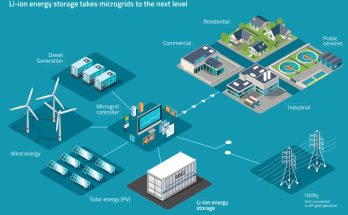The government of India has set a determined target to expand its overall renewable energy capacity to 450 GW by 2030. With the emergence of transition to greener energy researcher predict the developed countries should advance their goal at lucrative rate to achieve net-zero and should not wait till 2050. This will provide a significant room to developing economies to chase a sustainable energy target.
The need for solar energy in India will need 5,630 gigawatts (GW) with the aim to accomplish zero greenhouse gas discharge by 2070. Recent report study published by the Council on Energy, Environment and Water (CEEW) states that the green hydrogen can contribute 19% of the total energy used up by industry in 2070. Whereas the shift to net-zero would cost India 4.1% of the gross domestic product (GDP) by 2070.
Arunabha Ghosh, CEO of Council on Energy, Environment and Water, said equity must be at the heart of the net-zero debate. India should focus on investing and developing novel green technologies in corporation with other developed and developing countries to generate large markets and more jobs.
A recently published study on ‘Implications of a Net-zero Target for India’s Sectoral Energy Transitions and Climate Policy’, states the overall area requirement for India’s power generation assets, particularly for solar, can be around 4.6%.
The study represented the stats saying the coal consumption for electricity generation should be on peak by 2040 and it should drop by 99% amid 2040 and 2060 to achieve net-zero by 2070. Also, utilization of crude oil around all the sectors must be on top by 2050 and it should fall by 91% amid 2050 and 2070. The report states the green hydrogen may contribute around 19% of the total energy needs of the industrial sector.
The insights provided by the report says the hydrogen will play a vital part in this evolution, whereas, Carbon Capture & Storage (CCS) technology would play a slight role.
The study suggested that if India attains a net zero green gas emissions by 2070, then the financial cost of the changeover might be around 4.1% of the GDP in 2070. But then, if India plans to prepone the timeline to 2050, the financial cost would be much higher, that is around 7% in that specific year.
Further the report study added, net share of nuclear and wind energy in India’s electricity generation mix need to increase to 225 GW and 1,792 GW respectively.


